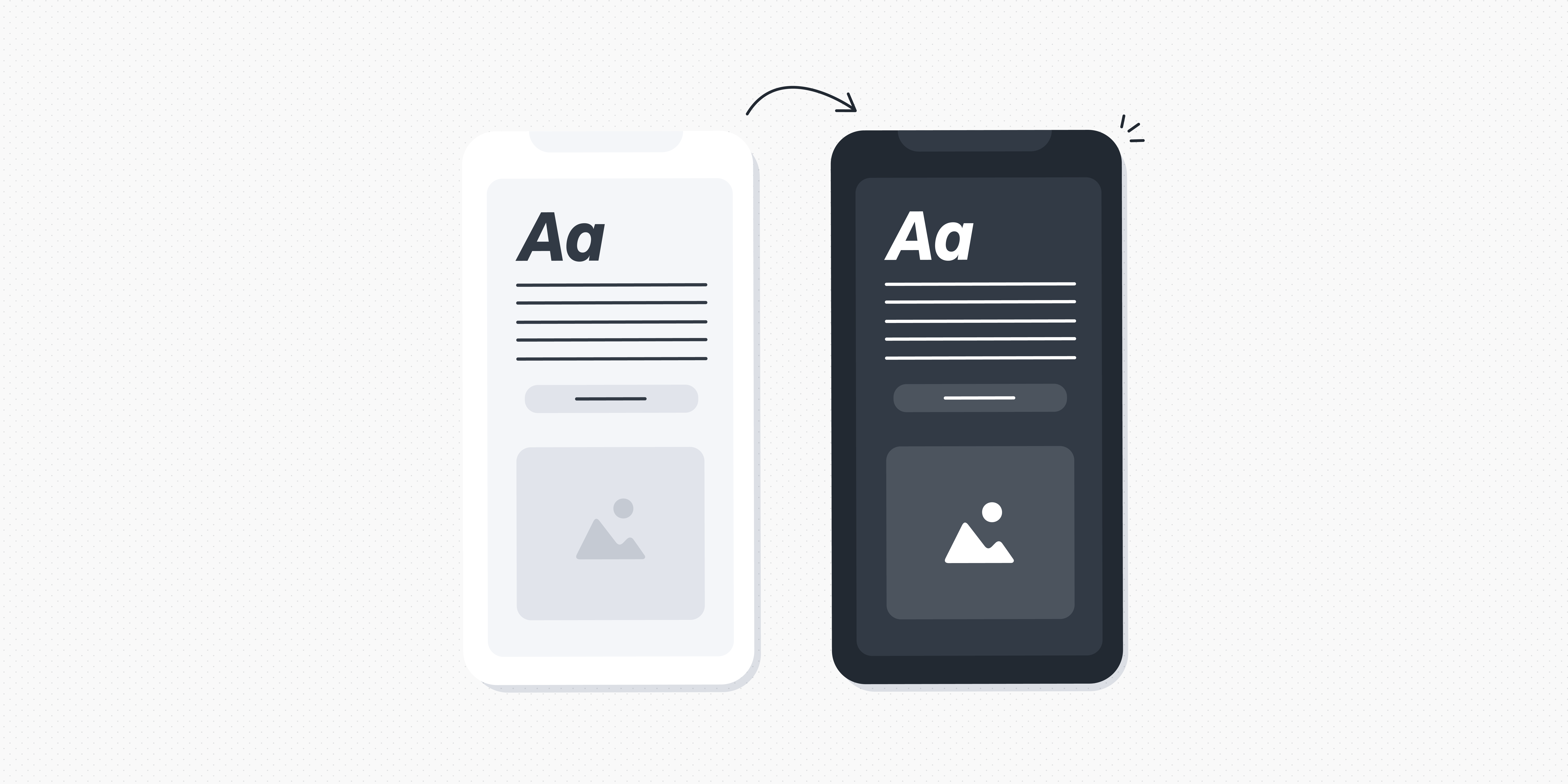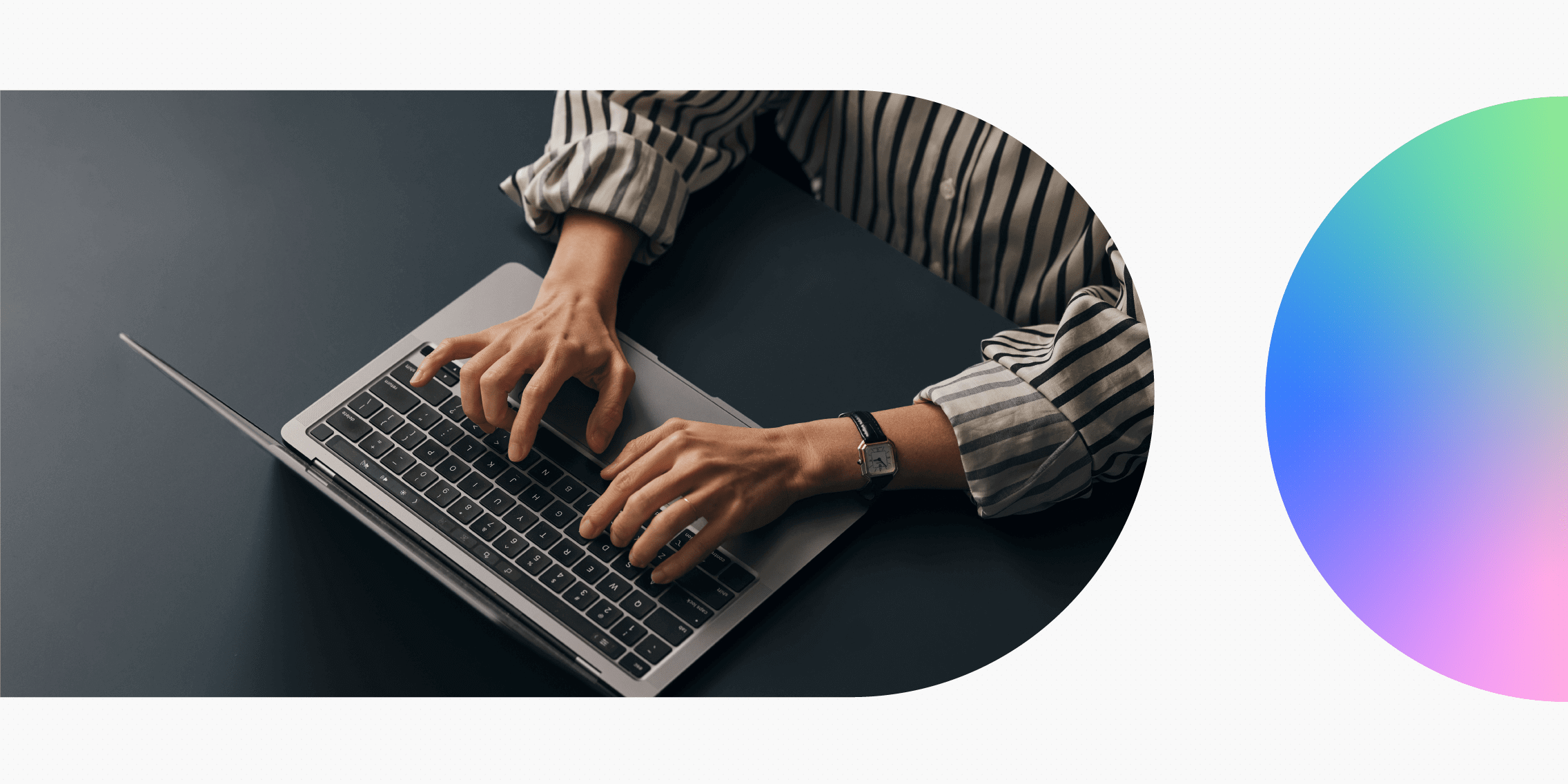UX designers are problem solvers. They spend time getting to know their target users, identifying their pain-points, understanding their needs and goals, and then designing effective solutions.
Problem statements are a powerful tool in the UX design process. They help UX designers identify and articulate the problem that needs to be solved, ensuring they’re on track to meet the end user’s needs.
In this guide, we’ll show you—with examples—what a problem statement is, why it’s so useful for UX, and how to write your own.
Let’s begin.
What is a problem statement? A definition
UX design is all about solving problems for users. Before you can come up with effective solutions, you need to know exactly what problem you’re trying to solve. That’s where problem statements come in.
A problem statement is a clear, concise description of the user problem a UX designer needs to solve.
It sums up, in a few sentences, who is affected by the problem, where and why the problem occurs (the context), and the impact of the problem — in other words, why it’s important that this problem be solved.
Note that a problem statement does not suggest solutions. It may refer to what the user needs in broad terms, but it doesn’t start to consider what the answer may be.
A problem statement is a springboard for further exploration, pin-pointing where UX designers should focus their efforts as they move from discovery to ideation and solution-finding.
What does a problem statement look like? Problem statement examples
A problem statement is built on the following framework:
[User A] experiences [this problem] when they [try to complete this action / use a particular product or service] in [this context]. This is a problem because [it has this impact on the user experience and on the business].
This is still rather abstract, so let’s explore some (hypothetical) problem statement examples.
Problem statement examples
1. A problem statement for a gym:
Members of our gym are not able to book classes in advance, which often results in classes being too full and some members being turned away on the day. This regularly leads to complaints from members and makes it difficult for instructors to plan ahead. This could impact membership loyalty and referrals, as well as instructor retention.
2. A problem statement for a recruiting agency:
Jobseekers are required to manually input their personal details, work experience, and qualifications every time they wish to apply for a new role via our platform. On average, this takes around 1.5 hours per candidate per job. Recruiters are complaining that there are not enough applicants for their roles, and there is a high application abandonment rate. This is making it difficult for recruiters to meet their placement targets.
3. A problem statement for a second-hand clothing app:
Sellers on our second-hand clothing app are unable to see where buyers are located, and buyers are unable to filter sellers by location. This often results in unfulfilled or cancelled transactions due to high postage costs, leaving both sellers and buyers unhappy. This is also impacting revenue.
As you can see, each of these problem statements clearly outlines the user(s) concerned, the problem they face, the context of the problem, and the impact of the problem on the user, the organisation, or both.
Now we know what a problem statement is, let’s consider when you might write one.
When should you write a problem statement?
UX problem statements are usually generated in the discovery phase. That is, the part of the UX process that’s dedicated to understanding your users and what they want and need in relation to your product.
You might write your problem statement:
- Before conducting user research. Perhaps you’ve observed a particular issue with your product or been made aware of a bottleneck through customer or internal stakeholder feedback. You might write a problem statement and use it as the basis for further user research and exploration of the problem space.
- After conducting user research. Once you’ve conducted thorough user research, you might write a problem statement to summarise and pin-point the main user problem you identified. This will then inform the ideation and solution-finding stage.
Either way, you should always write your problem statement before you start ideating and developing potential solutions.
How to write a problem statement
So how do you actually write a useful problem statement?
- Identify the people who experience, and are impacted by, the problem. This might be end users and customers, target users you’re trying to win over, and/or internal company stakeholders.
- Articulate the problem as clearly and concisely as you can. What exactly is the problem and where does it occur? Aim to keep your problem statement brief and focused while providing enough context.
- Explain the impact of the problem. How does the problem impact the user groups concerned? What undesirable consequences does it result in? If possible (and where relevant), explain how the problem affects both the direct user and the organisation/the business.
If you don’t feel like you have enough information or insight to write your problem statement based on those three steps, consider using the “6 Ws” technique. You can do this in collaboration with key stakeholders and/or the rest of the design team—essentially anyone who can shed some light on what needs to be solved!
The “6 Ws” technique is simple. Just answer the following questions—or, if you’re doing it as a group, ask each member to jot down their answers individually and then review them afterwards:
- Who is impacted by the problem?
- What is the problem they are facing?
- Where does this problem come up?
- When does the problem occur? In what situation?
- Why does the problem arise?
- Why does the problem matter? What impact does it have on the end user and/or the business?
With answers to each of these questions, you should be able to formulate an insightful problem statement. If you’re stuck with the actual writing part, use one of our examples from earlier in this post and simply switch out the key details.
What happens next? Using your problem statement
With a well-crafted problem statement, you can investigate the problem space further and start to think about possible solutions.
Often, UX designers will turn their problem statements into “How might we?” questions. This reframes the initial problem as a design opportunity, helping to spark the ideation and solution-finding process.
For example: if your problem statement says that “jobseekers are required to manually input their personal details every time they wish to apply for a new role”, you might reframe this as “How might we streamline the job application process for jobseekers?”
If your problem statement says that “on average, it takes around 1.5 hours for candidates to apply for a job”, you might reframe this as “How can we reduce the time it takes for candidates to apply for a job?”
Bear in mind that you may not go straight from the problem statement to “How might we?” questions and solutions. If further exploration of the problem space uncovers new or more pressing problems, you might need to go back and revise your problem statement first.
As you know, UX design is an iterative process that’s rarely ever linear. Defining the problem is no exception! And it’s essential to make sure you’re focusing on the right problem; only then can you design worthwhile solutions that meet your users’ needs.
Problem statements are just one of many tools used by UX designers to create impactful user experiences. For more tools and techniques, check out these guides:
- How to design a customer journey map
- How to use storyboards in UX
- The power of storytelling in UX design





